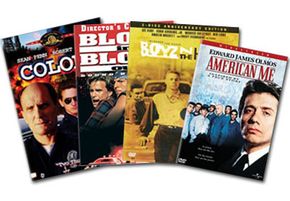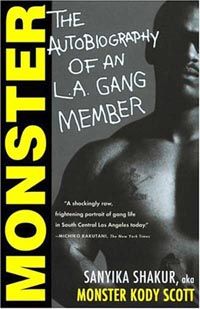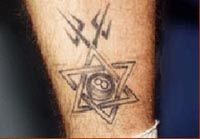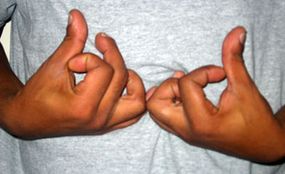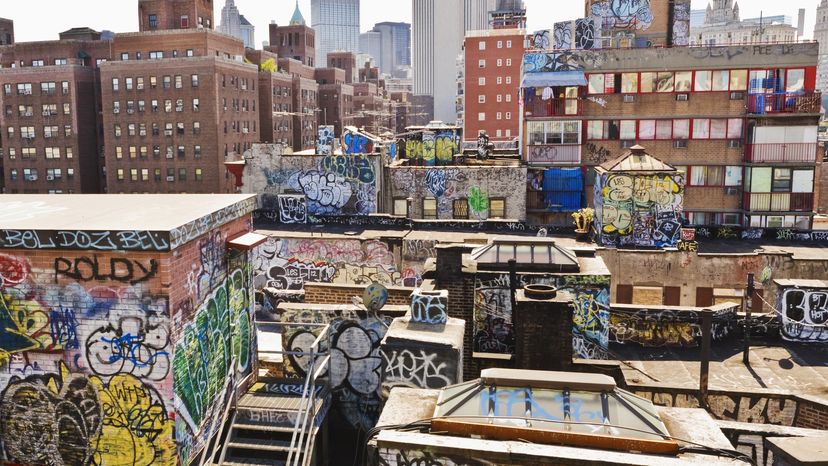
Gang violence is a problem in every major city in the United States and membership is on the rise. According to the Department of Justice's 2005 National Gang Threat Assessment, there are at least 21,500 gangs and more than 731,000 active gang members. While gangs are less prevalent in rural areas, in major cities, gang violence is responsible for roughly half of all homicides. Gangs are also becoming more savvy, using computers and other technology to commit crimes [ref].
Gathering accurate statistics on gangs and gang membership is difficult for a number of reasons. Gangs obviously don't keep official records of their membership. Some people hang out with gang members, but aren't actually in a gang themselves. If someone "runs with" a gang, but hasn't been initiated yet, is that person a member? Who do you count when compiling your statistics?
Advertisement
It's also important to consider the source of the data. If a police officer asks a gang member, "Are you in a gang?" chances are the gang member will say no, knowing that police place extra scrutiny on known gang members. Some youths may claim gang membership around other teens to seem tough, and gangs might inflate membership numbers to make their gang seem more powerful. Police departments don't always report gang statistics accurately, either. Federal grants for fighting gang violence can give departments incentive to exaggerate gang numbers, while some departments deny having any gang problems at all to appease the public.
The National Center for Juvenile Justice used a combination of police department reports and self-reporting to compile the Juvenile Offenders and Victims: 2006 National Report. They estimated that 49 percent of gang members were Hispanic, 37 percent were black, 8 percent white, 5 percent Asian and 1 percent had another ethnicity. They also found that gang membership is not as prevalent among youth as some fear — between 1 and 2 percent of children ages 10 to 17 were gang members, although the percentage spikes when only "at-risk" youth are counted. Those that did join gangs didn't stay long, with the majority remaining in the gang for less than a year.
Why Do People Join Gangs?
There are many possible reasons for someone to join a gang, but four primary reasons seem to describe those of most gang members:
- Poverty. Many gangs exist mainly as a moneymaking enterprise. By committing thefts and dealing drugs, gang members can make relatively large amounts of money. People who are faced with a lack of money may turn to crime if they can't earn enough with a legitimate job. This partly explains why gangs exist in poor, rundown areas of cities. However, not everyone who is poor joins a gang, and not every gang member is poor.
- Peer pressure. Gang members tend to be young. This is partly because gangs intentionally recruit teenagers, but it's also because young people are very susceptible to peer pressure. If they live in a gang-dominated area, or go to a school with a strong gang presence, they might find that many of their friends are joining gangs. It can be difficult for a teen to understand the harm that joining a gang can bring if he's worried about losing all of his friends. Many teenagers do resist the temptation of gang membership, but for others it is easier to follow the crowd. Peer pressure is a driving force behind gang membership in affluent areas.
- Boredom. With nothing else to occupy their time, youths sometimes turn to mischief to entertain themselves. If gangs are already present in the neighborhood, that can provide an outlet. Alternatively, teenagers might form their own gangs. This is why many communities have tried to combat gangs by simply giving kids something to do. Dances, sports tournaments and other youth outreach programs can literally keep kids off the streets. Unfortunately, many youths and even gang experts use boredom as an excuse. Authors of articles about gang violence often write something like, "There's nothing else to do where they live." Indeed, youth sports programs, swimming pools or even libraries are often in short supply or poor repair in tough urban areas. But for every teenager who gets bored and joins a gang, there are 10 who find positive, productive ways to spend their time.
- Despair. If poverty is a condition, despair is a state of mind. People who have always lived in poverty with parents who lived in poverty often see no chance of ever getting a decent job, leaving their poor neighborhood or getting an education. They are surrounded by drugs and gangs, and their parents may be addicts or non-responsive. A neighborhood gang can seem like the only real family they'll ever have. Joining a gang gives them a sense of belonging and being a part of something important that they can't get otherwise. In some cases, parents approve of their children joining gangs and may have been a member of the same gang in the past.
Drug use is an underlying factor in all of these reasons. Not only does the sale of illegal drugs drive the profits of street gangs, they also create many of the conditions that lead to gang membership.
Advertisement
